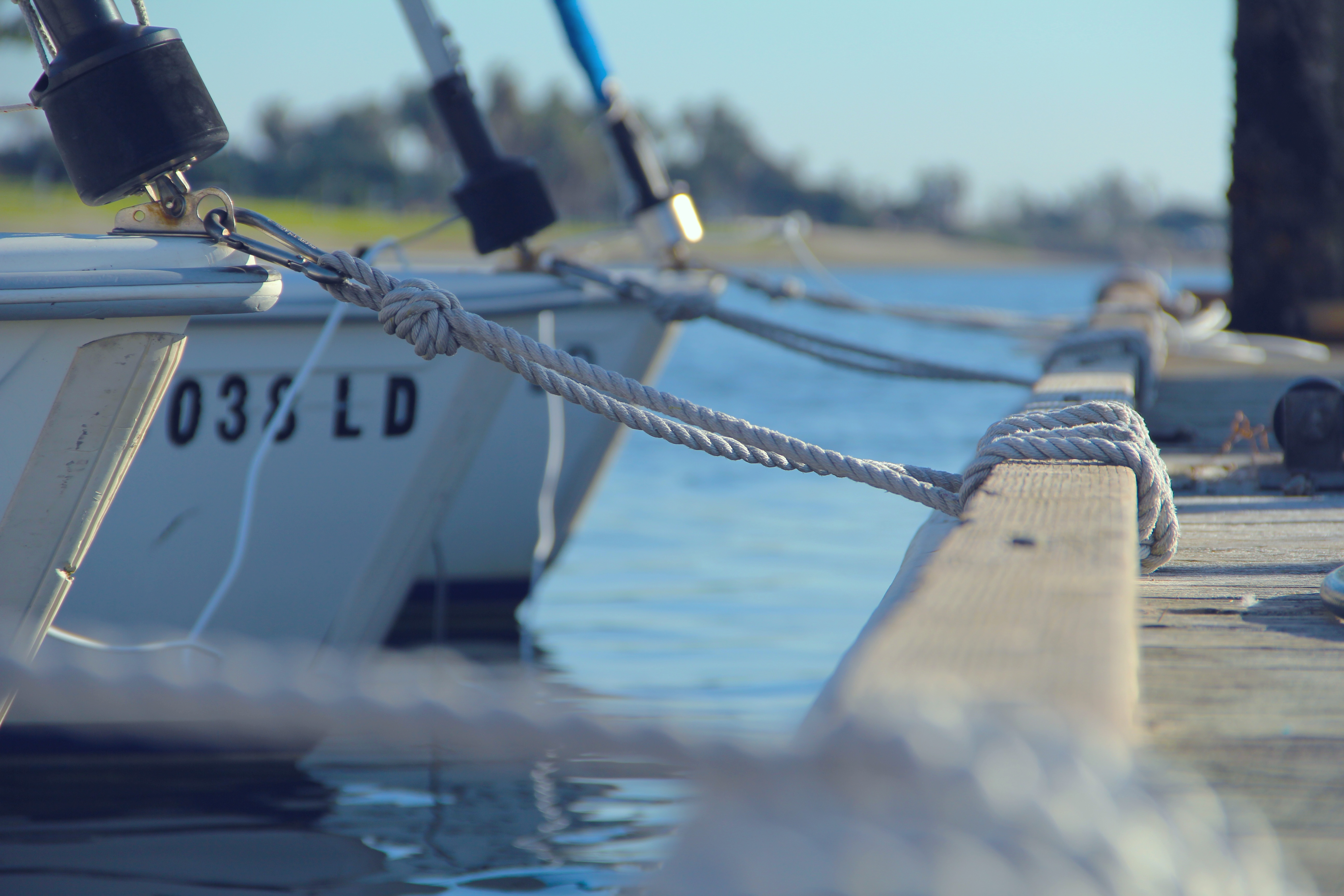Boating is one of the very versatile activities. One might take it as a good way to making a living through fishing while the others have their eyes on its immense recreational benefits. Whichever aspect you are interested in, you’ll always need a guide to do that skillfully. Who on the earth doesn’t want to grab other’s attention and applause?
While performing all those eye-catching and daring tricks, one should keep in mind the very basic yet immensely significant maneuver; proper anchoring of boat.
Anchoring a boat is vital to recreational boaters by giving them the capability to park their boat in the water. Anchoring is beneficial to boaters who fish or swim off of their boat and provides a firm and established site to accomplish whatever activity is being done.
The three types of the anchors are described as follows:
-
Plow-style
It is applicable for most boats especially larger boats (over 26 feet (8 m)). It obtains its holding power by plowing into the lowermost deposits using the boat mass to drag it beneath the soil.
-
Fluke-style or Dan fourth anchor
It is analogous to the plow anchor but is more lightweight. This anchor is applied on boats smaller than 30 feet (9 m) but is very operative by using its pointed flukes to bury into the sediment below.
-
Mushroom anchors
These are designed for conditions which require a permanent anchor with strong holding power. The bulk of a mushroom anchor causes it to be slowly submerged under soft sediment, giving abundant holding power and is typically used for quays, buoys, and other permanent anchoring requirements. Mushroom anchors are not carried on a boat for use as a transitory or short-term anchor. In the beginning, there is no holding power due to the substantial amount of time needed for the anchor to stay and submerge itself in the deposit.
A rope anchor line should be at least seven times lengthier than the depth of the water in the dock. If you want to reduce the angle of force, fix a chain, ranging in length from seven to eight feet, between the rope and the anchor assisted by the chain sinking and lying on the bottom. This is essential because, in order for the anchor to be workable, the pull must be at a shallow angle rather than vertical. A perpendicular pull on the anchor will cause the anchor to break out of the bottom deposit and is used as a method to break the anchor’s grip allowing the anchor to be elevated to abandon the anchorage.
The anchor should never be pulled behind a boat or dropped at the stem. This could result in the boat being inundated or filled with water. Tie off the anchor to a bow cleat and pull on it to make sure that the knot is safe. After anchoring, it is important to examine visual findings and onshore objects or signals to let the driver know if the anchor protects his boat. The anchor will help you to stay in your existing position on the water. If implemented accurately it is a wondrous apparatus to use while boating.
I assure you that after reading the above information thoroughly and practicing it, you’ll have the best boating and anchoring experience!

